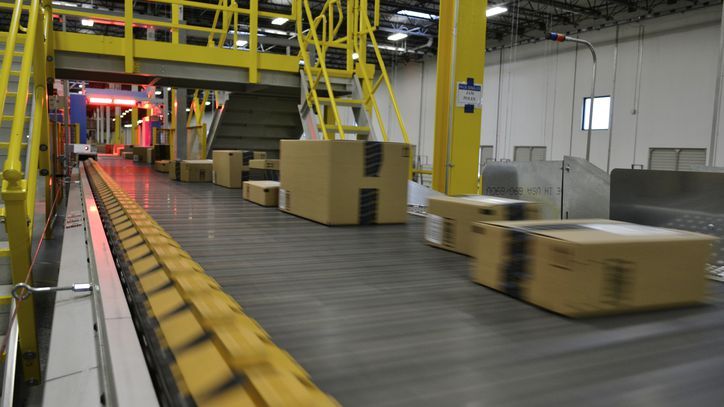The scientists also used functional MRI scanners to study the participants’ brain activity, enabling them to map 78 brain regions and examine the connections between these areas.
“The major challenge in this study,” explains first study author Tomoki Tokuda, who is a statistician at OIST, “was to develop a statistical tool that could extract relevant information for clustering similar subjects together.”
Tokuda developed a new statistical method that allowed the researchers to break down more than 3,000 measurable features into five data clusters. The measurable features included the incidence of childhood trauma and the initial severity of the depressive episode.






